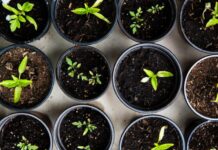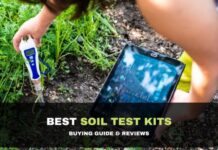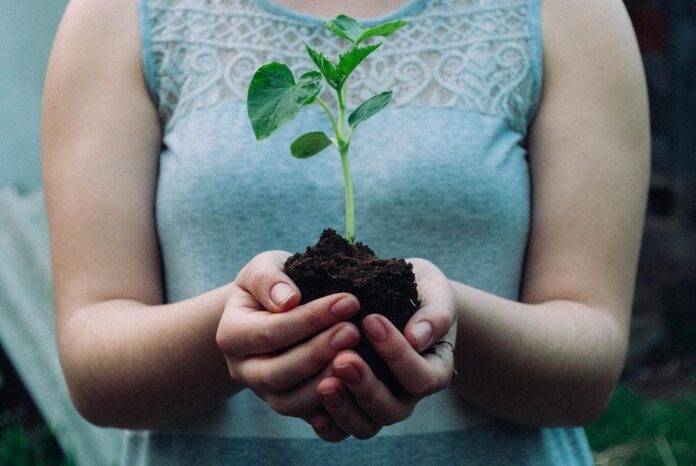
Soil is not just dirt; it’s the lifeblood of your garden. With bad soil, nothing would grow, and even if something would grow, it’ll die within days no matter what you do. Soil is a living ecosystem that comprises a large community of living organisms that benefit significantly from it. That said, every teaspoon of soil is home to a lot of microorganisms like bacteria and fungi.
Each of these microorganisms is important to the soil’s overall health and the living beings within it as they have their roles to fulfill in the ecosystem. For example, bacteria and fungi break down dead animal and plant tissue, which is helpful for a plant’s growth. Nematodes eat plant and animal materials and excrete them back out as plant nutrients.
Moreover, worms and insects shred organic materials into bits so bacteria and fungi can benefit from them. This is a whole cycle that makes the soil healthier for your plants, which is one reason you should always make sure that they’re healthy. But how do you know if your soil is healthy?
How Do You Know If Your Soil is Healthy?
Before we talk about how to keep your soil great, let’s talk about the characteristics of healthy soil.
Good Texture
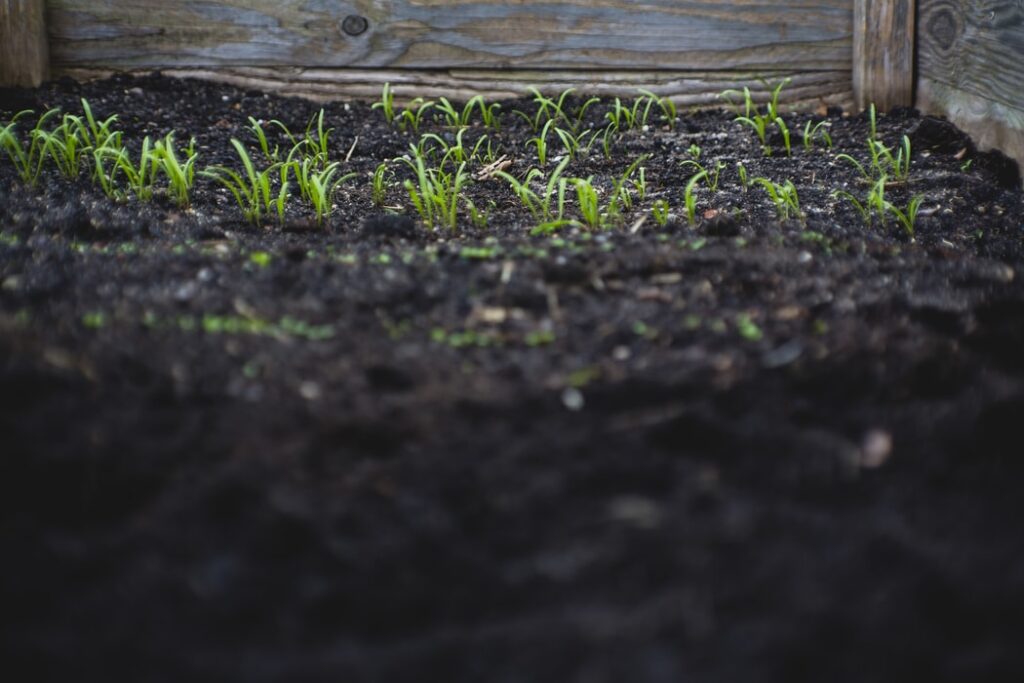
Healthy soil looks like cookie crumbs. You often hear gardeners talk about “crumbs,” which makes you think of food. But, they are actually talking about the texture of the soil. Healthy soil is crumbly and breaks apart with little effort.
Plenty of Organic Matter
When talking about organic matter, we mean plant and animal tissue, which decomposes and gets absorbed back by the soil. They are also commonly known as humus.
So what does humus do? Humus helps improve your soil by binding the tiny particles, which increases your soil’s aeration. With better aeration, your soil will be able to absorb more nutrients from its surroundings.
Healthy pH
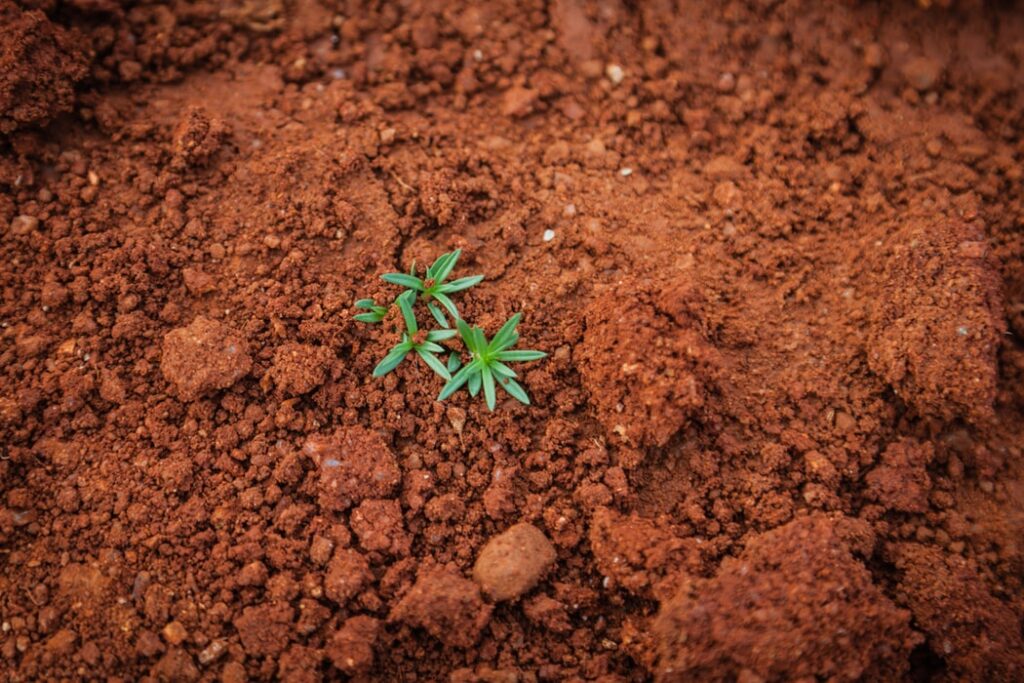
Soil pH refers to the acidity of your soil. This affects the minerals and other substances within your soil that make it healthy. The more neutral your soil in terms of acidity, the more it will accommodate more minerals to help plant life grow. Of course, some flowers prefer a higher acidity, but most herbs, flowers, and vegetables lean more into a neutral pH.
Keeping Your Soil Healthy
Now that we know the characteristics of healthy soil, let’s talk about ways to make it healthier for our plants.
No Chemicals
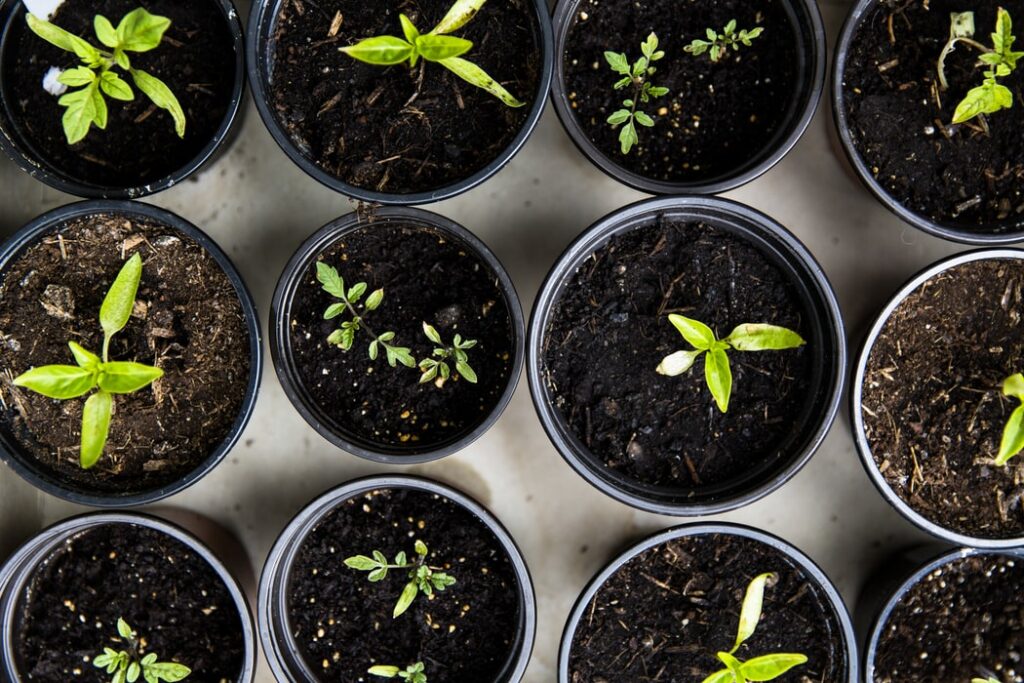
No matter what kind of soil you have, whether it’s clay, sand, or loam-based, one surefire way of killing it is using too many chemicals. It can kill your soil in no time as fast as a few days. These chemicals include herbicides or weedicides that a lot of people spray into their lawns. Not only that, but you should also be careful of pesticides for pests and fungicides for harmful fungi.
Also, one thing that a lot of people do is spraying gray water into their lawn. They think that any water, including used water, is okay for your soil.
Wrong! Clean water only, people! Don’t use the water you used to clean the dishes or wash the clothes, as the cleaning products will filter in your soil. And don’t think that since you only dumped it in a small area on your lawn, it will stay there.
No, it will be a part of the cycle of life that we talked about earlier, and the good bacteria and fungi, and even the insects that help the soil’s health, will be killed. Not only that, but some chemicals can do lasting damage to your soil, effectively killing it forever. If you want lasting, healthy soil for your plants, then avoid using too many chemicals and be mindful of what you dump into your lawn or gardens.
Till the Soil with Worms
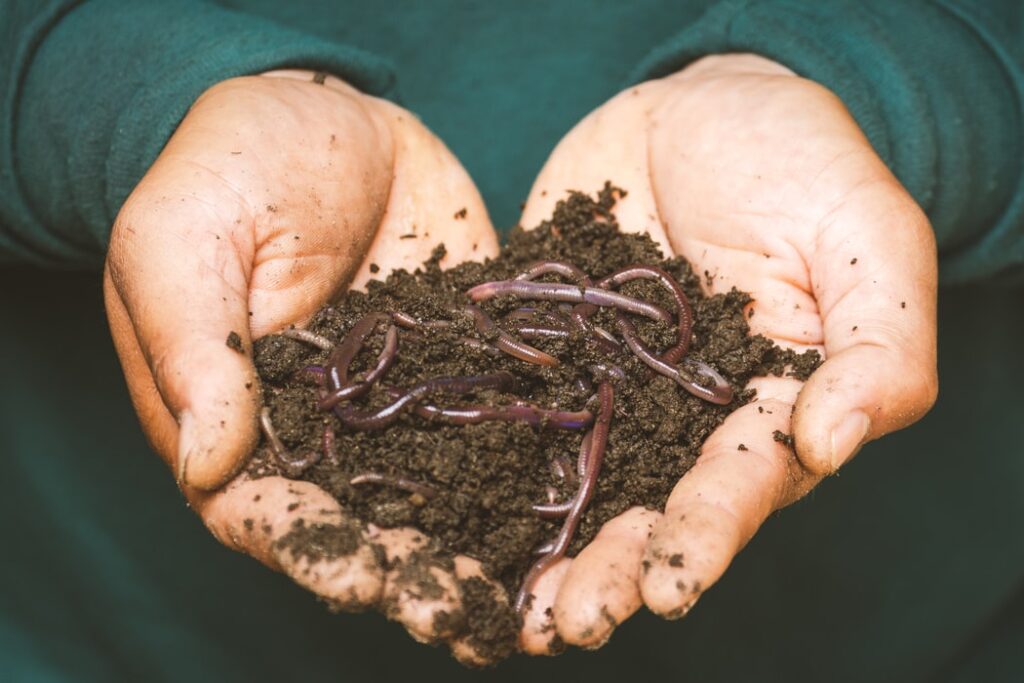
It may be a bit freaky for some, but this is a technique proven to be effective in keeping your soil healthy. So instead of pulling your automatic soil tiller or breaking you back by tilling the soil yourself, why not buy some worms from the local gardening shop and let the worms take care of the tilling?
You can do so by using sheet mulching techniques. What is sheet mulching? It is the process of building compost right on the soil’s surface. For empty gardens, especially new ones, you can add a bottom layer of cardboard to kill the existing vegetation. Then, you can alternate 2-4 inches of brown and green compost layers. This will let the worms burrow as they carry food, dramatically improving the soil’s structure while also depositing worm manures.
Take note that this can take a long time, which is an excellent way to build your garden’s soil from the ground up. It’s generally recommended to start this technique a year before you start planting so it will be ready with its deposited nutrients for your new plants.
Build Your Soil’s Health

This can be done in conjunction with the mentioned sheet mulching technique. To make your soil a lot healthier, especially when you’re just starting, you can add organic matter yourself. You can use what you have in your garden, along with some other things from your kitchen and surroundings.
Some of these examples are:
● kitchen food scraps
● grass clipping, especially ones that are fresh and green as they can add both nitrogen and carbon
● Leaves that are also green and still fresh. You can even help your neighbor this way.
● seedless weeds and pruned branches
● coffee grinds (if you don’t want to buy any, we recommend getting scraps from your local cafe)
● manures (pick ones that are from aged animals and especially not from animals that are recently medicated)
If you have your compost system, that is already enough to get your soil healthy for your plants. This is also optimal for the soil after you restore a lawn full of weeds. To know more, visit Mytrugreenlawn.com.
Something to Ponder
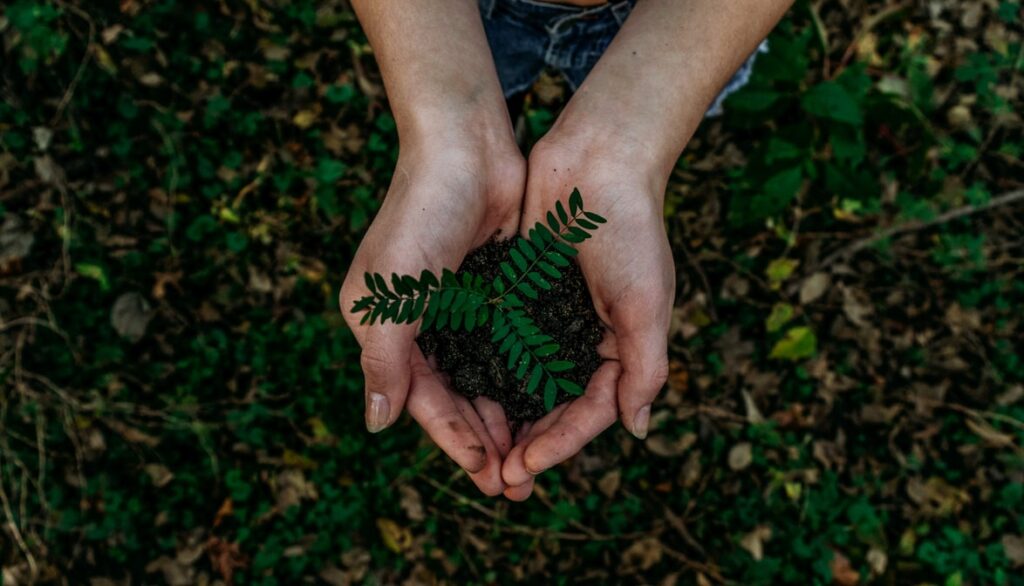
Sure, keeping your soil healthy takes a lot of work, but we can assure you that this work will yield fruits (pun not intended). If you want your garden to keep being healthy and your plants to be in full bloom, keeping your soil healthy is an excellent way to do so. There are many more techniques you can use to keep your soil healthy, so you might want to check on those.

